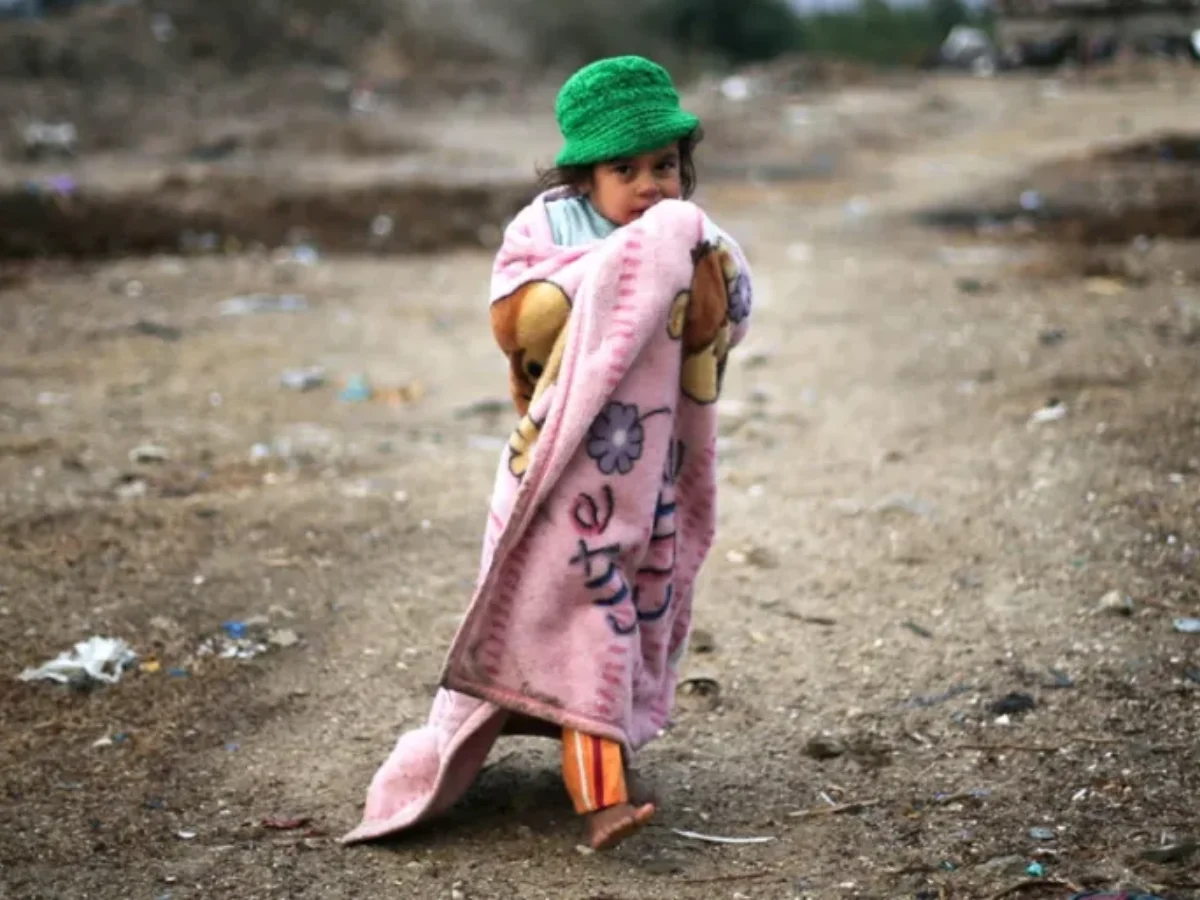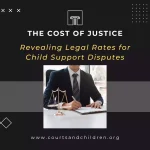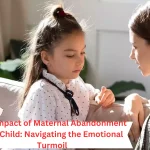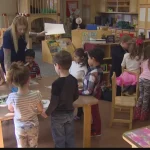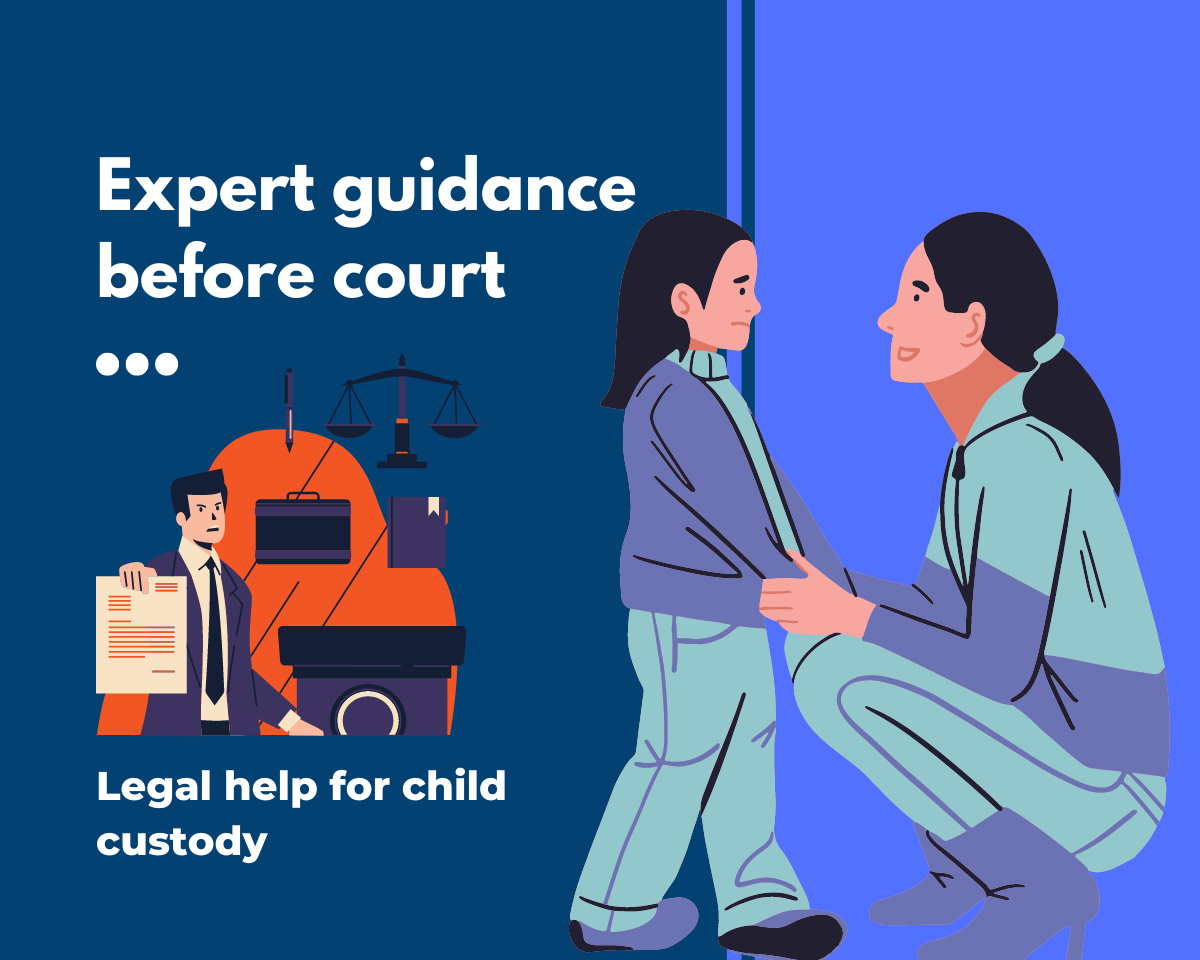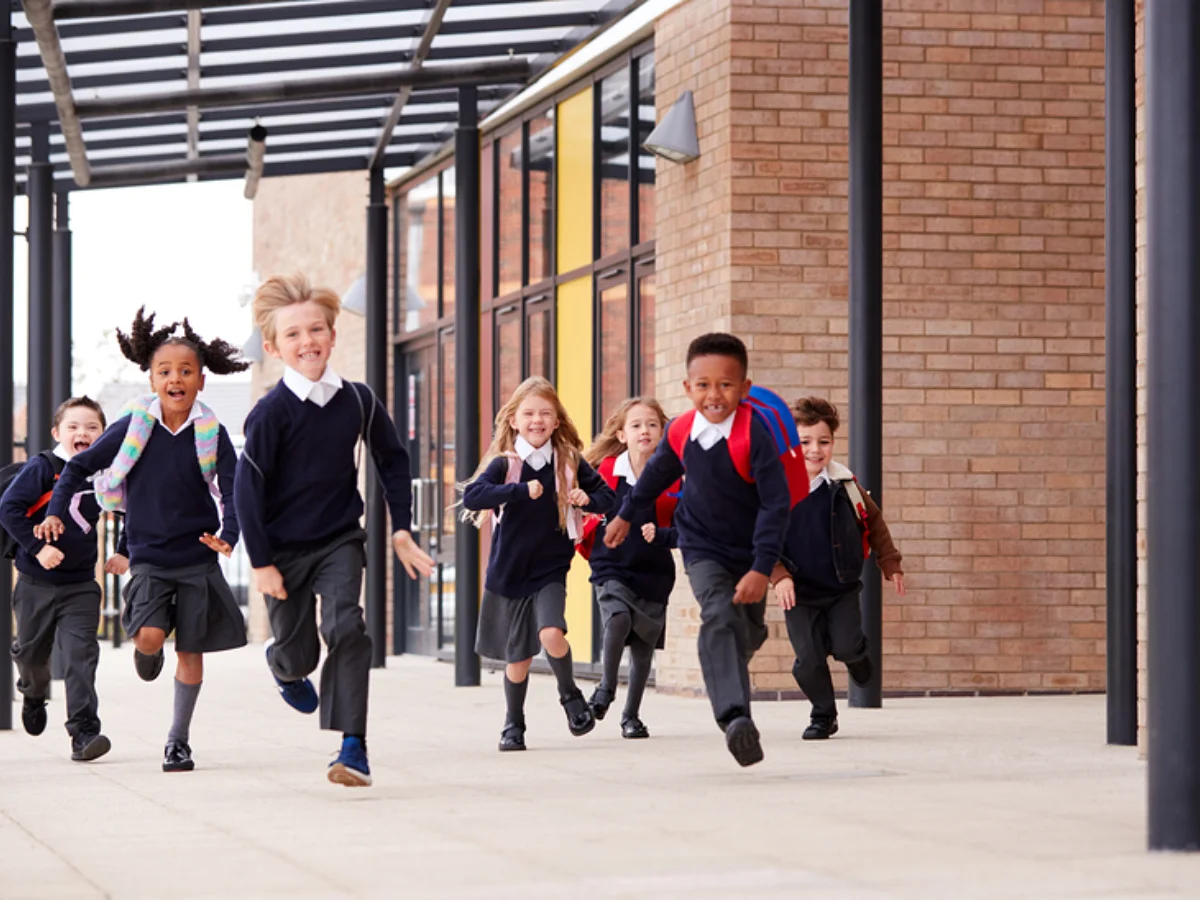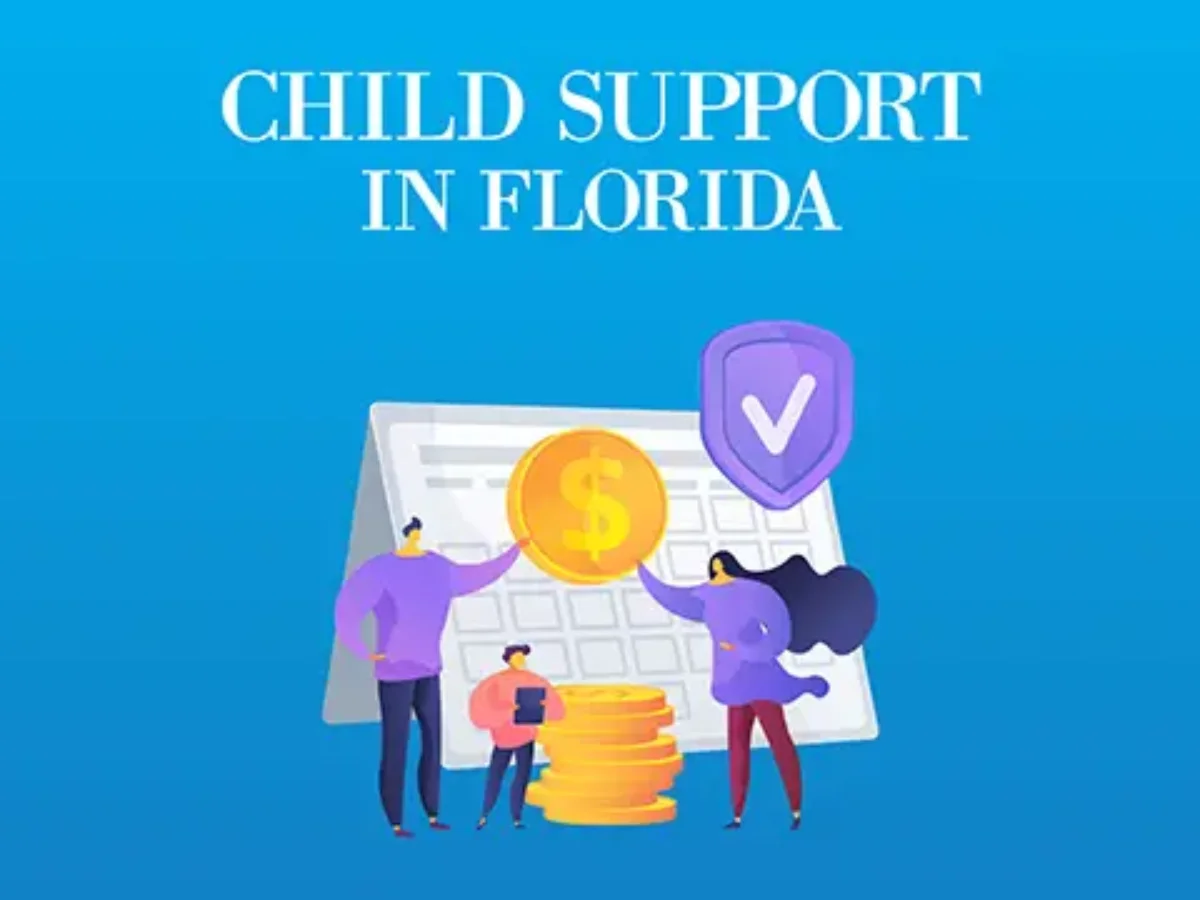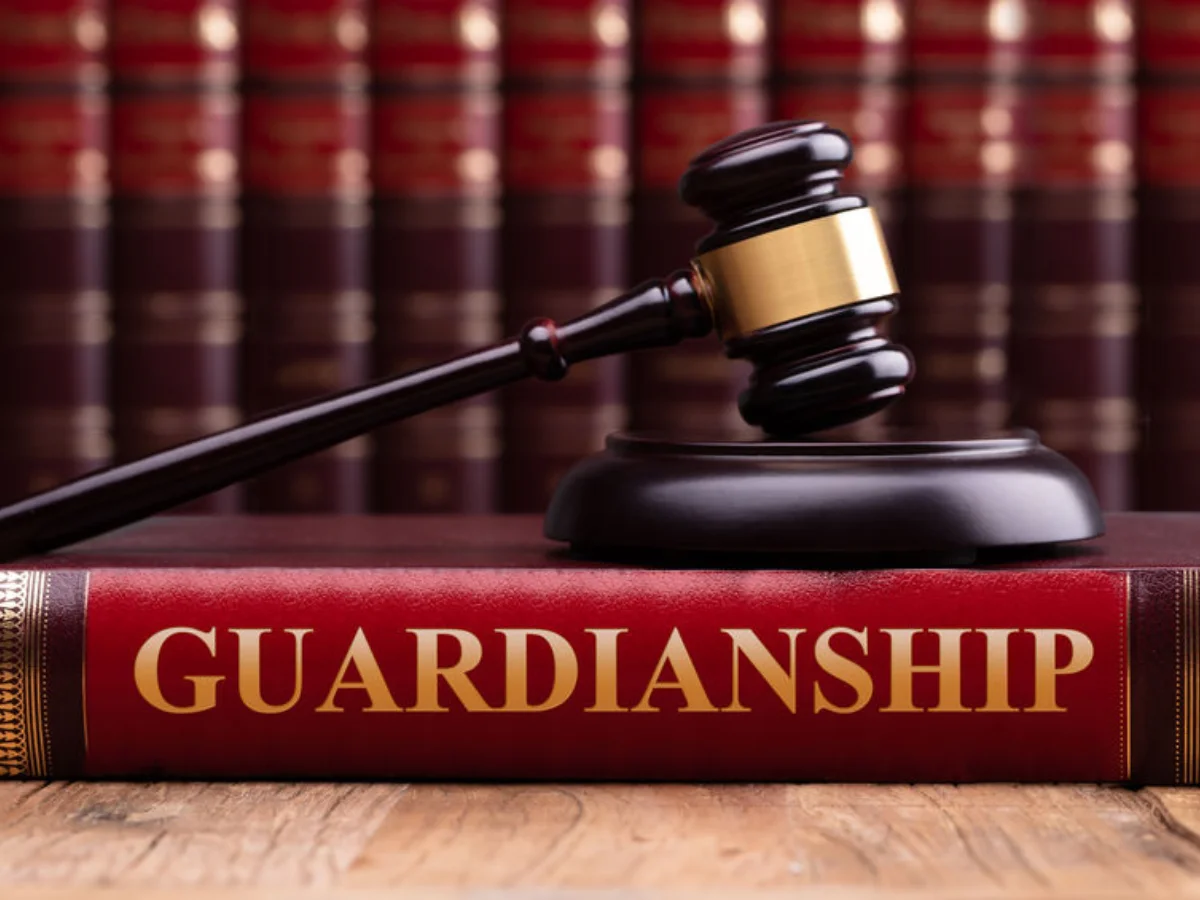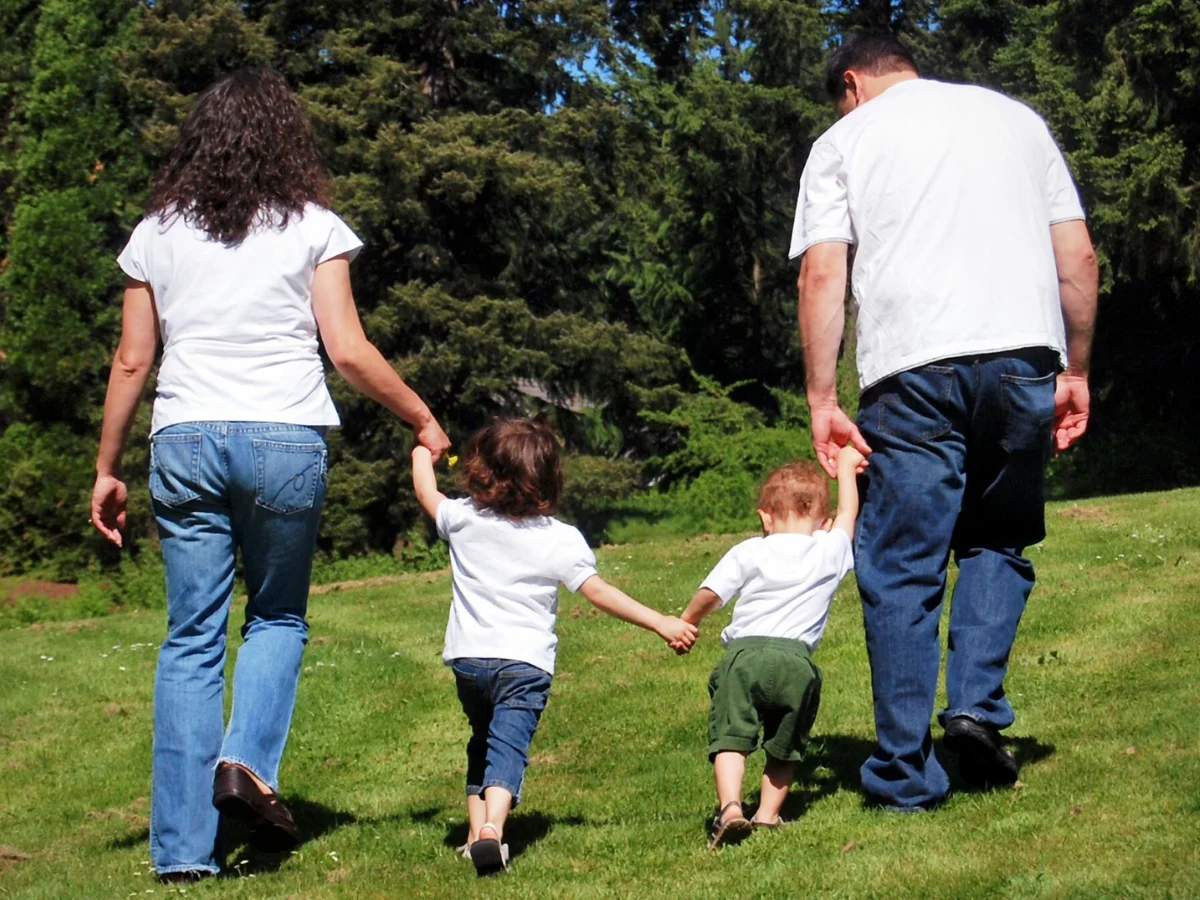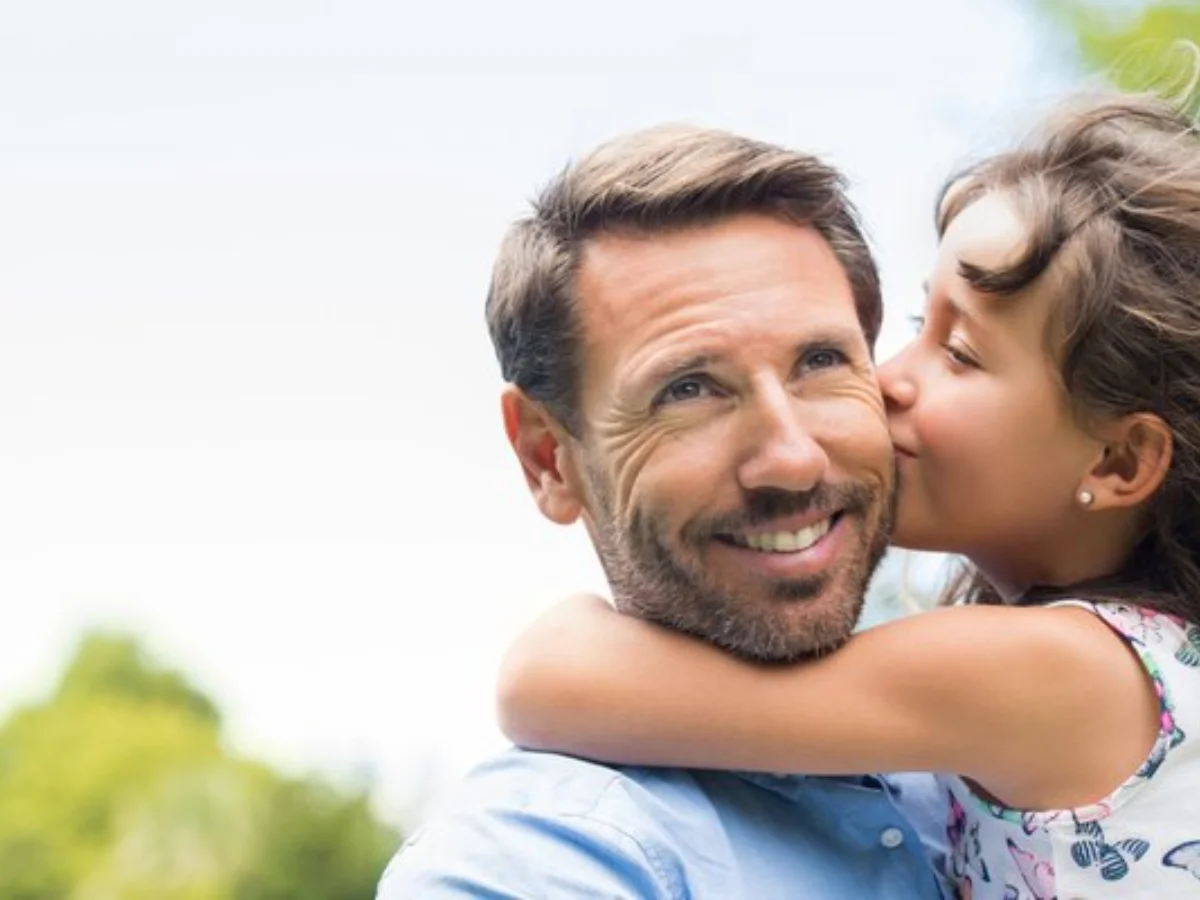Introduction
The well-being of a child is closely tied to the living conditions they experience. This article aims to explore what constitutes unlivable conditions for a child and the impact it can have on their welfare.
Defining Unlivable Conditions
Understanding Unlivable Conditions
Unlivable conditions encompass environments that are deemed unfit for a child’s habitation due to various factors.
Impact on a Child’s Well-being
Living in unlivable conditions can significantly affect a child’s physical and mental health.
Health and Safety Standards
Health-Related Living Conditions
Factors like poor hygiene, inadequate nutrition, and exposure to pollutants can contribute to unlivable conditions.
Safety Concerns in Unlivable Environments
Unsafe housing, exposure to violence, or lack of proper security measures can endanger a child’s safety.
Legal Perspectives on Unlivable Conditions
Legal Definition and Parameters
Legal frameworks define and establish the boundaries for unlivable conditions, offering protection for children.
Laws Protecting Children’s Rights
Laws exist to ensure that children have the right to a safe and healthy living environment.
Signs of Unlivable Conditions
Recognizing Unacceptable Environments
Signs such as dilapidated housing, infestations, or inadequate utilities can signal unlivable conditions.
Effects on a Child’s Development
Living in such conditions can hinder a child’s growth, impacting their education, mental health, and social development.
Coping with Unlivable Conditions
Coping Strategies for Families
Families facing such conditions may employ adaptive strategies to mitigate their effects on the child.
Seeking Help and Resources
Accessing community resources, seeking assistance, and advocating for change are crucial in such situations.
Interventions and Support Systems
Child Protective Services (CPS) and Interventions
CPS may intervene in severe cases to protect the child’s well-being and offer necessary support.
Community Support and Assistance
Communities provide various support systems to assist families in distress, ensuring a better living environment for children.
Conclusion
In conclusion, understanding and identifying unlivable conditions for a child is crucial, and taking action to rectify such environments is essential for safeguarding the well-being of our youth.
FAQs
1. What constitutes a home as unlivable for a child?
Unlivable conditions include inadequate housing, poor sanitation, exposure to hazards, and other factors that can endanger a child’s health and safety.
2. Can a landlord be held responsible for unlivable conditions in a rental property?
Yes, landlords are responsible for providing habitable and safe living conditions. Legal actions can be taken if these conditions are not met.
3. How can a parent improve unlivable conditions for their child?
Seeking community resources, and legal aid, and notifying appropriate authorities about the conditions can be crucial in improving the living environment for the child.
4. What should someone do if they suspect a child is living in unlivable conditions?
Reporting the concerns to Child Protective Services (CPS) or local authorities is essential for investigating and intervening in such situations.
5. Are there specific laws that protect children from unlivable conditions?
Yes, there are laws that protect a child’s right to live in safe and healthy environments, and these laws are enforced by various government bodies.
Read More: https://www.courtsandchildren.org/wp-admin/post.php?post=1245&action=edit
More Related:
Is It Legal to GPS Track Your Child?
Is it Legal to Lock a Child in Their Room?
What Schools in Texas Allow Corporal Punishment
Can CPS Take My Child for Having Roaches
Is Not Taking Your Child to the Doctor Considered Neglect
Will CPS Take My Child for Smoking Weed in Ohio
Can a Judge Overrule Child Protective Services
Contents
- 1 Introduction
- 1.1 Defining Unlivable Conditions
- 1.2 Health and Safety Standards
- 1.3 Legal Perspectives on Unlivable Conditions
- 1.4 Signs of Unlivable Conditions
- 1.5 Coping with Unlivable Conditions
- 1.6 Interventions and Support Systems
- 1.7 Conclusion
- 1.8 FAQs
- 1.8.1 1. What constitutes a home as unlivable for a child?
- 1.8.2 2. Can a landlord be held responsible for unlivable conditions in a rental property?
- 1.8.3 3. How can a parent improve unlivable conditions for their child?
- 1.8.4 4. What should someone do if they suspect a child is living in unlivable conditions?
- 1.8.5 5. Are there specific laws that protect children from unlivable conditions?

